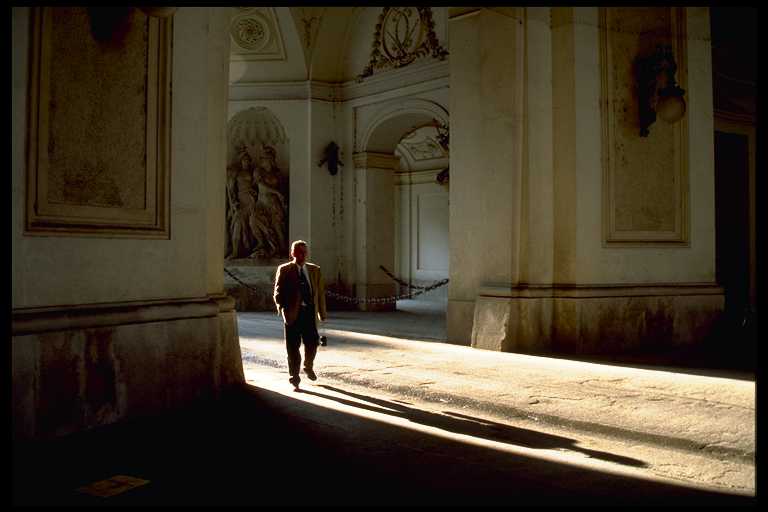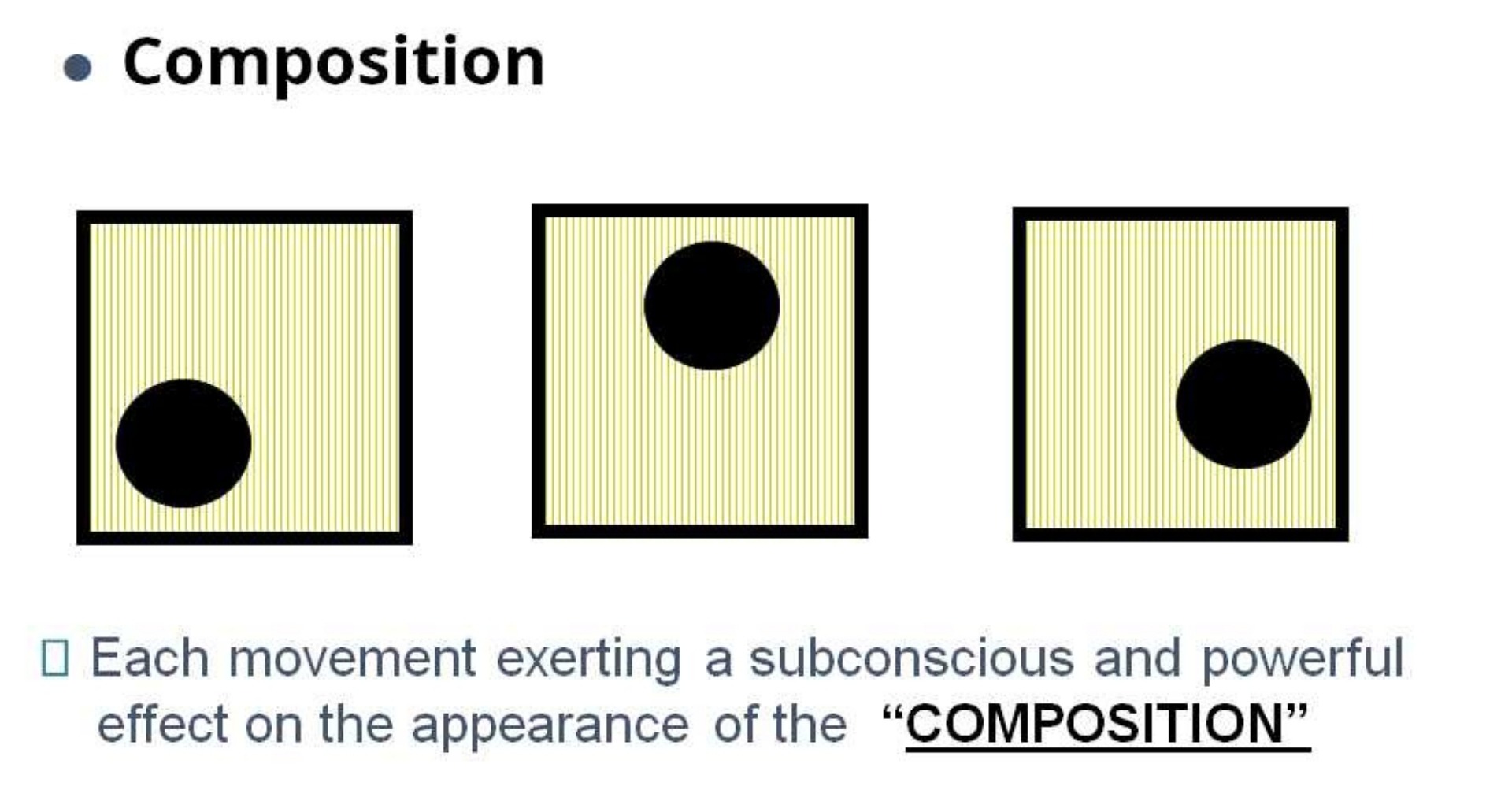by Diana Weggler
A Review of the PhotovoiceWorldwide Course
“DEEP SEEING
Most of us, no matter where we live in the world, are constantly bombarded by visual information. Some scenes or images are easily ignored, while others grab our attention and hold it there, causing us to think, question, or want to learn more.
According to the instructor, Domenic Screnci, EdD, deep seeing is the ability to read, decode, interpret, question, challenge, and evaluate visual information. People who have been trained in this ability become “visually literate,” in other words, able “to understand and use visuals for intentionally communicating with others.” 1
The course comprised five, 2-hour-long Zoom sessions and covered a range of topics, from processing visual information, to photographic composition, Gestalt theory, visual storytelling, and more. The sessions’ interactive format combined engaging PowerPoint presentations by Screnci with the sharing and discussion of images contributed by participants as part of their between-session homework assignments. Said one participant, “I really enjoyed hearing from my peers and seeing their images, while also deepening my understanding of photography and improving my visual literacy skills as an essential tool of communication.”

Complementing the online course sessions were selective readings, including two chapters from the book, Why You Like this Photo: The Science of Perception, by Brian Dilg. In Chapter 1, the author explains how the human eye “sees” very differently from the way a camera lens “sees,” not only because our eyes work quite differently from a camera lens, but also because a camera lacks a brain. Said one participant, “The reading really highlighted for me the concepts of visual perception and how information is processed in the brain in comparison to the camera.” Understanding this difference and its implications is key to making the most of photographic elements such as focus, depth of field, composition, light, color, patterns, context, and messaging, resulting in more compelling photos.

Credit: Why You Like this Photo: The Science of Perception, by Brian Dilg
Dilg writes, “Making photographs is like tuning your attention to frequencies that you didn’t know existed, and finding out that the radio has an unlimited number of channels. If you practice seeing and orchestrating gestures, color relationships, shapes, motifs, light, and shadow, you will broaden not just your perception, but your ability to construct a story for an audience.” Dilg goes on to add that the same applies to one’s experience as a viewer. Said one participant, “This course made me more aware of the “act” of visual communication—that seeing involves sensing, selecting, and perceiving. It is really an intellectual act.”
While the course Deep Seeing holds value for anyone interested in improving their visual literacy skills, it may be of particular interest to persons intent on:
- Taking their photography skills to the next level;
- Empowering photovoice participants to create meaningful photographs;
- Using purposeful images to facilitate discussion and collaboration;
- Assisting in interpreting images for research and evaluation; and
- Using powerful photographs for advocacy.
Said Screnci, “Whether your chosen medium of communication is photography, video, illustration, graphics, or charts and graphs, improving your visual literacy skills will make you a more powerful communicator.”
PhotovoiceWorldwide cofounder and educator Laura Lorenz, PhD, MA, MEd said, “Understanding the structural elements of photos can lead to new ways of talking about images with your photovoice participants, and reveal previously hidden messages and meanings.”
Another participant, for whom taking pictures was a novel experience, observed, “We are living in a ‘pictorial era,’ wherein images are more and more a new form of language. This course changed the way I perceive visual communication and, therefore, the way I perceive the world.”
1 (Ausburn & Ausburn, 1978: 291).
About the Instructor:
Trained as a medical photographer, Dr. Screnci worked in Boston Area Hospitals before getting his EdD at Boston University (BU). He has taught Instructional Design at the BU School of Public Health, MS in Health Communication at BU, and Information Design and Visual Literacy at UMass Boston. Screnci, who holds a master’s degree in educational media and technology and a doctorate in curriculum and teaching, has 30+ years of experience in the field of educational technology and bio-communications. He is currently involved in workforce development for Information Services and Technology at Boston University. In 2020 he was awarded the International Visual Literacy Association’s (IVLA) Education Award for significant personal contribution to visual literacy through exemplary teaching, at IVLA’s 49th annual conference.
About the author: Diana Weggler is a writer and editor with PhotovoiceWorldwide and has worked as a professional photographer for Norwich University in Northfield, Vermont.
“Whether your chosen medium of communication is photography, video, illustration, graphics, or charts and graphs, improving your visual literacy skills will make you a more powerful communicator.”
